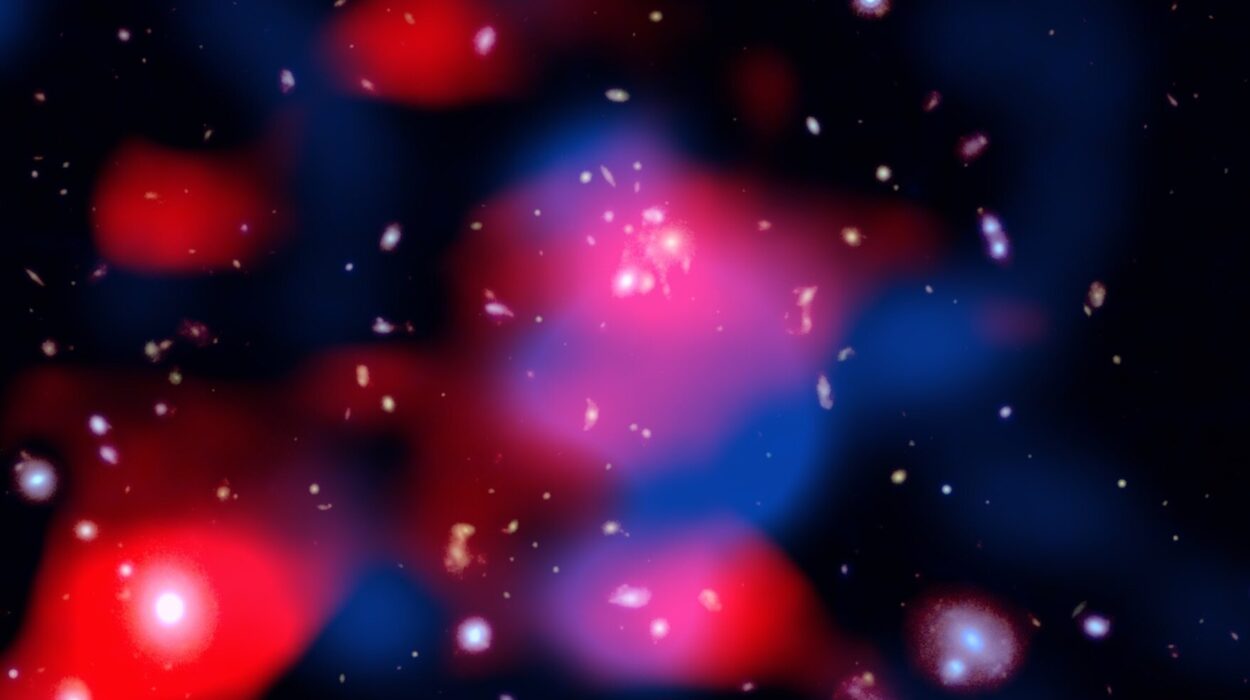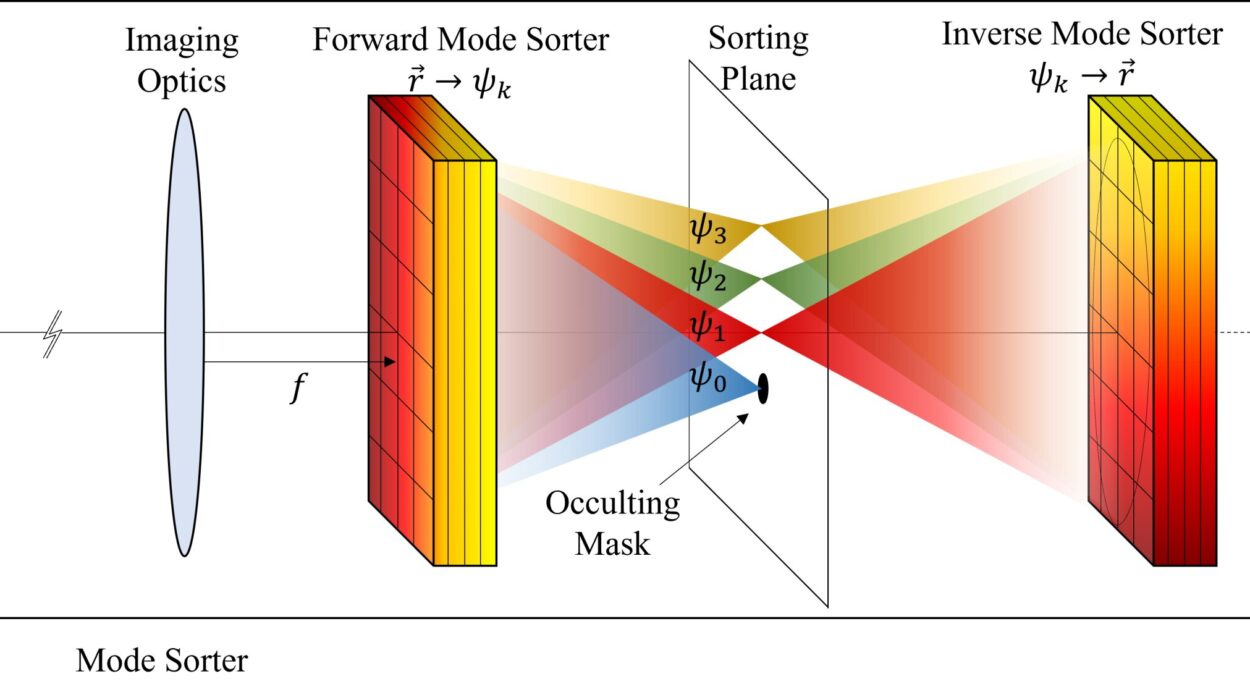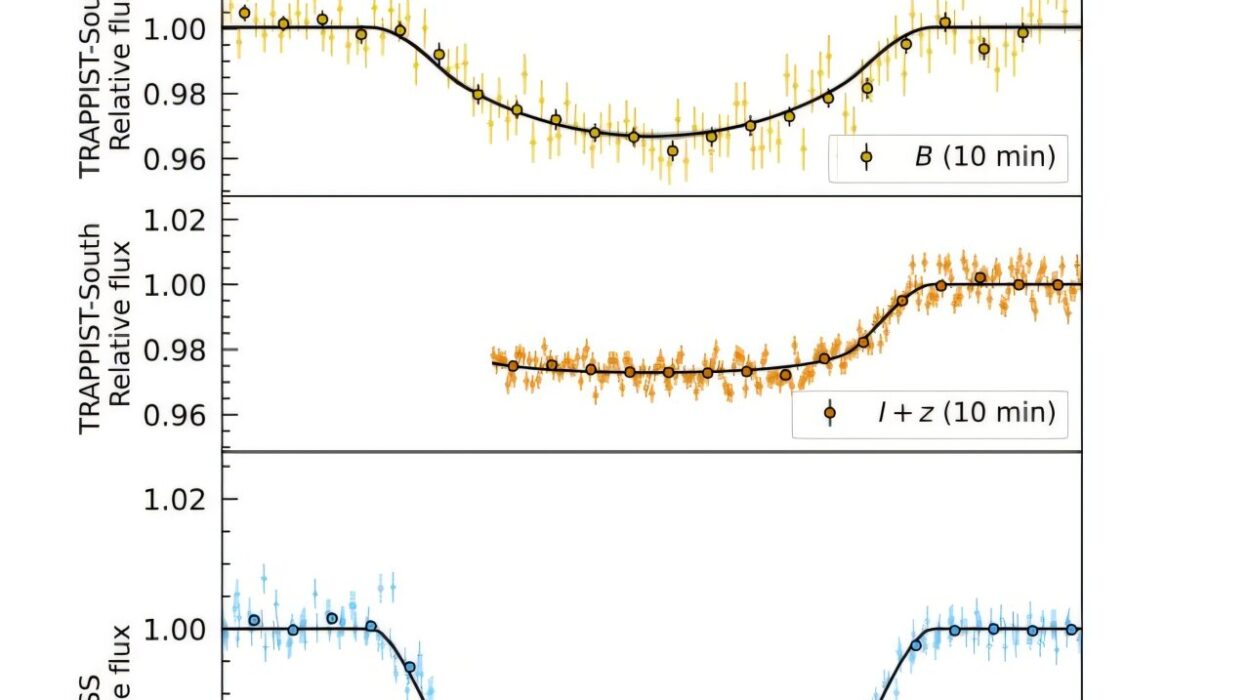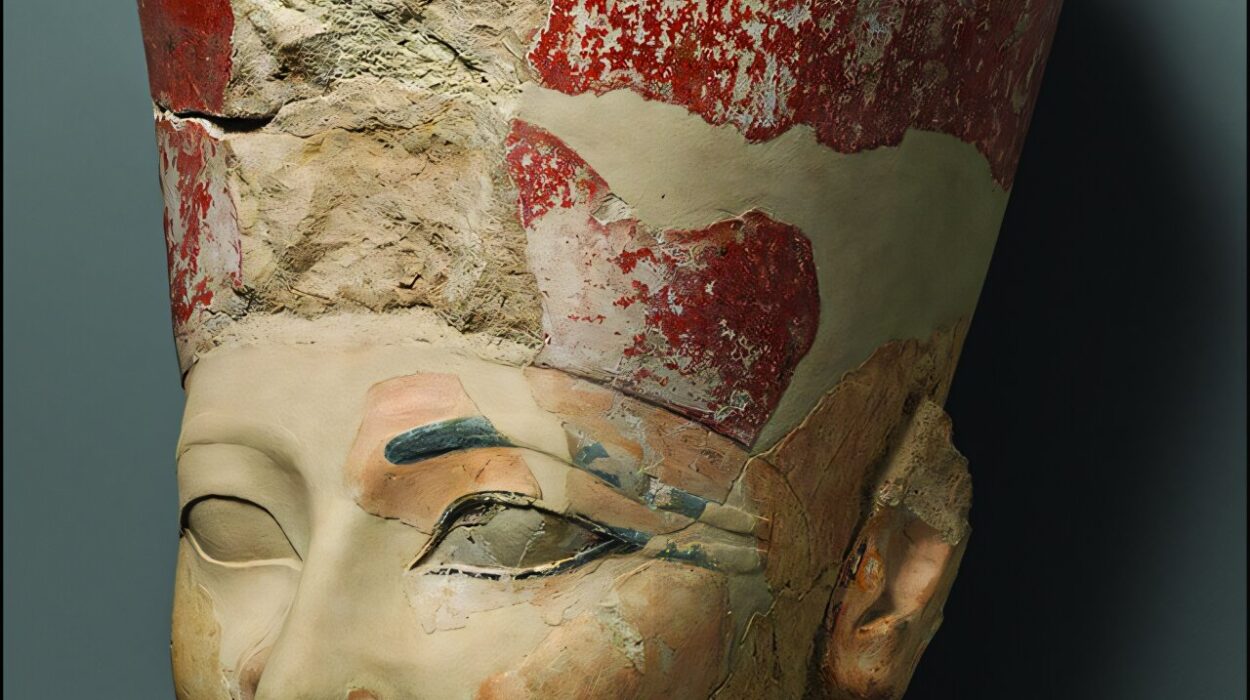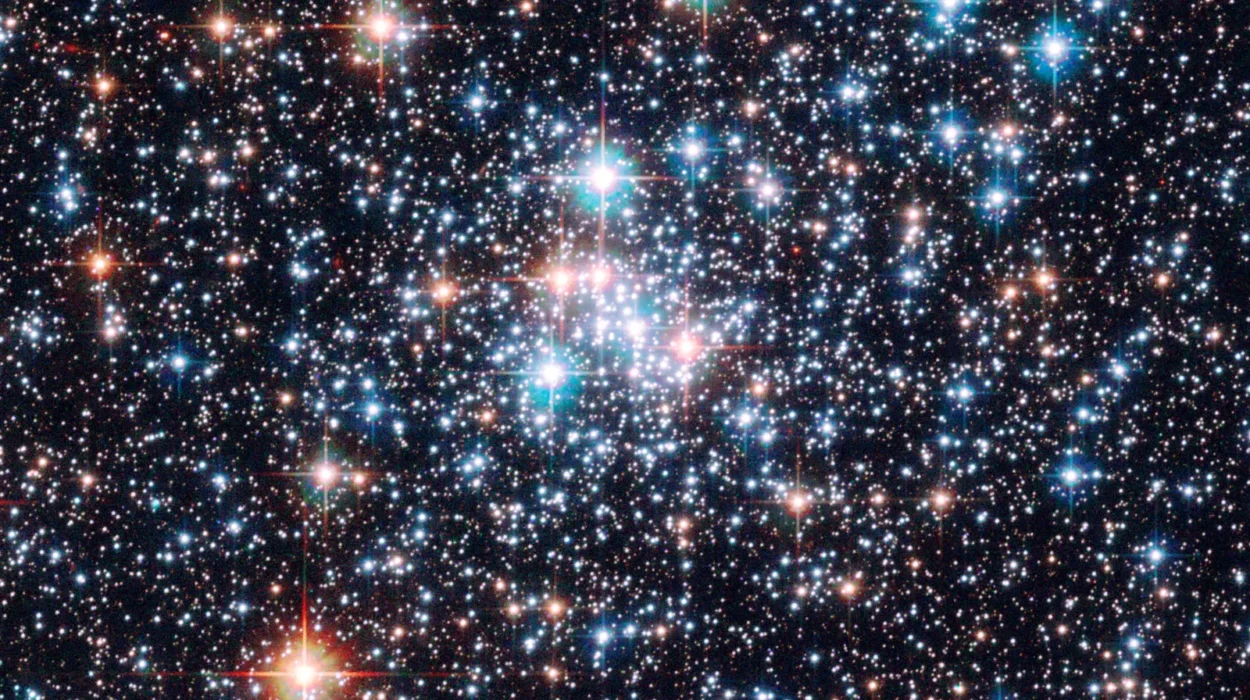Imagine a cosmic predator, so massive that it can swallow entire stars, twisting the very fabric of space and time with a force so intense it would tear apart any matter unlucky enough to wander too close. This beast is the supermassive black hole at the center of galaxy M87—one of the largest black holes ever discovered. With a mass 6.5 billion times that of our sun, this cosmic giant has long been an object of fascination. And now, thanks to groundbreaking new research using the Event Horizon Telescope (EHT), scientists have unlocked some astonishing new details about how this black hole behaves, including just how fast it’s spinning and how voracious its appetite really is.
The Black Hole That Shook the World
In 2019, the world was stunned when the first-ever image of a black hole was released. This groundbreaking photograph showed a glowing halo of gas around M87’s black hole, revealing the shadow of the supermassive monster lurking in the center of the galaxy. It was a momentous achievement in astrophysics, capturing a distant and mysterious object that had once existed only in theory.
Since that historic image, scientists have continued to probe the black hole’s behavior with the most powerful tools available, aiming to understand its mechanics. Now, after more detailed study of the same images taken by the EHT, a team of researchers has unearthed remarkable new insights into just how this giant operates—and the findings are nothing short of mind-blowing.
Spinning at the Edge of the Universe
The first revelation: M87’s black hole is spinning at an astonishing rate. To put it simply, this beast is in a constant, rapid rotation, with the black hole’s spin reaching up to 80% of the theoretical maximum speed possible in the universe. To grasp the significance of this, it helps to understand the context.
In the universe, objects moving at close to the speed of light—about 300,000 kilometers per second—are considered to be “relativistic,” meaning their behavior is influenced by the strange physics of relativity. M87’s black hole is spinning so fast that the inner edge of its accretion disk—the swirling disk of gas and dust that spirals toward the black hole—is moving at around 14% of the speed of light. In numbers, that translates to roughly 42 million meters per second.
But how do scientists know this? Here’s where things get even more fascinating.
Reading the Light: A Relativistic Trick
The team of researchers used a clever trick to measure the spin. They studied the “bright spot” in the black hole’s famous image. This glowing patch is not just a random fluke—it’s the result of something called relativistic Doppler beaming. This effect happens when material in the accretion disk is moving toward us at extremely high speeds, causing the light from that material to appear brighter than the light coming from the other side of the disk, which is moving away from us.
By carefully measuring the brightness difference between these two sides, the scientists were able to calculate the speed at which the material was moving. The results were staggering. Not only did the black hole’s spin reach a remarkable speed, but the measurements were accurate enough to provide new insight into its behavior.
The Black Hole’s Unseen Feast
The next surprise was even more dramatic: the speed at which material is falling into the black hole. The research team found that the black hole is gobbling up matter at an impressive rate—about 70 million meters per second, or roughly 23% the speed of light. This is how the black hole grows and sustains itself, pulling in gas, dust, and even stars from its surroundings.
However, despite its immense size and insatiable hunger, this black hole isn’t devouring material at its maximum capacity. In fact, it’s operating at a relatively calm pace compared to what scientists call the “Eddington limit”—the theoretical boundary where the black hole’s outpouring of energy would be so intense it would push material away before it could be consumed.
In M87’s case, this supermassive black hole is only consuming between 0.00004 to 0.4 solar masses worth of material per year. While that may sound like a lot, it’s a modest rate for such a behemoth, suggesting that the black hole is in a relatively quiescent phase. This slow, steady intake is part of what makes it such a fascinating subject for study—scientists now have a unique opportunity to observe a black hole in a “normal” state, as it continues to feed and grow.
The Energy Source Behind the Iconic Jet
M87’s black hole is famous not just for its size, but for its powerful relativistic jet—a stream of particles shooting out at nearly the speed of light, extending for thousands of light-years. Scientists had long speculated that this jet was powered by the energy emitted as material fell into the black hole, but confirming that connection was no easy task. Now, thanks to the new findings, the puzzle pieces are falling into place.
The research suggests that the black hole’s feeding process—its gradual consumption of matter—directly powers the jet. The energy released by the black hole as it consumes material matches the power output of the jet, supporting the idea that the two are intimately linked. This provides further evidence that the jet is a byproduct of the black hole’s intense gravitational and magnetic forces, channeled through the accretion disk and expelled in a high-energy beam.
The Spin, The Feed, and The Future
Perhaps the most important outcome of this study is the insight it provides into the black hole’s spin. Previous estimates of M87’s spin ranged from a slow 0.1 to a near-maximal 0.98. Now, using a more refined method, scientists have determined that M87’s black hole is spinning at at least 0.8, with the possibility that it’s spinning even faster—close to the theoretical maximum of 0.998.
This new method has brought us one step closer to understanding the dynamics of supermassive black holes. These monsters, which exist at the hearts of most large galaxies, play an essential role in the formation and evolution of galaxies themselves. By studying the black hole at M87, scientists can glean insights into the fundamental forces that govern our universe—gravitational pull, magnetic fields, and the very nature of space-time.
As future telescopes come online and imaging techniques improve, the study of M87’s black hole will continue to push the boundaries of our understanding. In fact, the black hole may soon become a cosmic laboratory for testing the most extreme theories of physics—gravitational waves, dark matter, and even quantum mechanics.
The Cosmic Legacy of M87
The supermassive black hole in M87 is far more than just a giant object at the center of a galaxy. It is a symbol of the power and mystery of the universe. With each new measurement, we get a step closer to unraveling the secrets of the cosmos, understanding how these cosmic giants shape entire galaxies, and, perhaps, learning how they will influence the future of the universe itself.
For now, M87’s black hole continues to serve as a reminder of the vastness of the universe and the relentless curiosity that drives humanity to peer into the unknown. Each discovery adds to our ever-growing understanding of the most extreme physics, and as long as the stars continue to burn, we will keep reaching for the knowledge that lies just beyond the event horizon.
Reference: Michael Drew et al, New Estimates of the Spin and Accretion Rate of the Black Hole M87*, The Astrophysical Journal Letters (2025). DOI: 10.3847/2041-8213/adc90e

